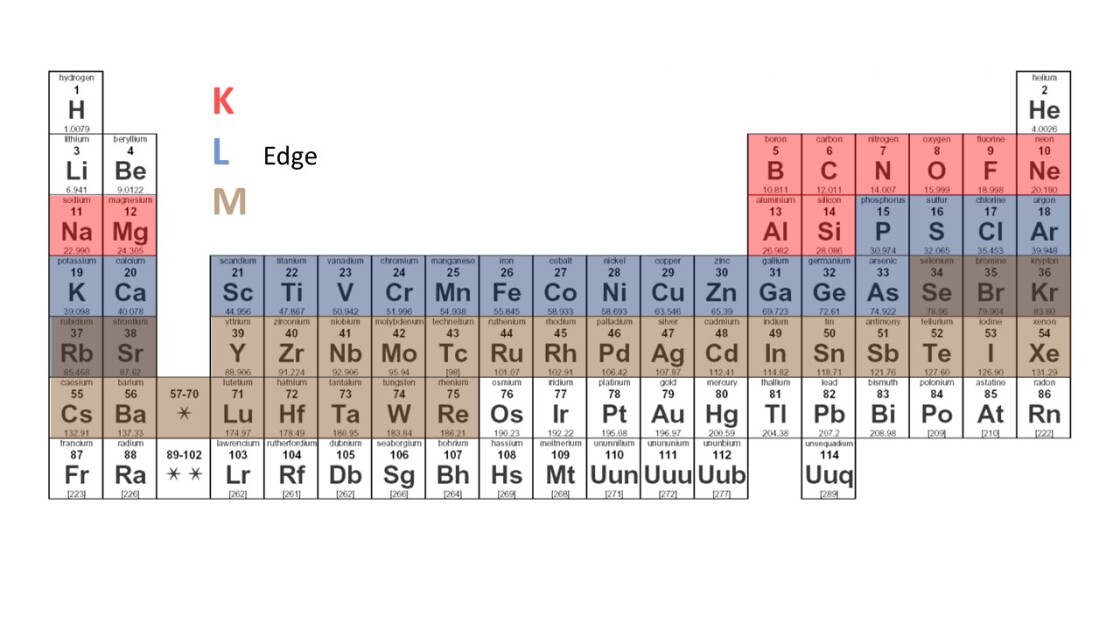Institute Nanospectroscopy
Research Topics
Achieving a reliable, cost-effective, and environmentally friendly energy supply has emerged as one of the most striking challenges for global society. It requires efficient energy conversion and energy storage technologies. Materials are central to the development of new technologies and their improvement is pivotal for energy conversion and storage.
At the institute for Nanospectroscopy we develop spectro-microscopy techniques based on synchrotron radiation with tunable x-rays in the soft x-ray energy range from 200 – 2500 eV. This allows access to the absorption edges of almost all elements of the periodic table.
We operate two Scanning Transmission X-ray Microscopes (STXM) at BESSYII:
MAXYMUS: MAgnetic X-raY Microscope with UHV Spectroscopy
MYSTIIC: Microscope for x-raY Scanning Transmission In-situ Imaging of Catalysts
These microscopes are being continuously developed further to increase their capabilities. In a STXM, x-rays of a certain energy are focused to a tiny focal spot. The image is yielded by raster scanning the sample through this spot while the transmitted x-rays are detected by a photon detector. The spatial resolution is given by the spot size of approximately 25 nm.

Schematic of a STXM microscope. OSA is the order-sorting aperture. Credit: HZB/M. Weigand
STXM at synchrotron facilities uses resonant and non-resonant photon absorption as contrast mechanism. Since the fine structure of the resonant absorption spectra depends on the elemental composition and chemical bonding important information about the material under study can be obtained locally.
In addition, X-ray Magnetic Circular Dichroism (XMCD) and X-ray Magnetic Linear Dichroism (XMLD) allows the study of ferromagnetic, antiferromagnetic, ferroelectric and in general anisotropic materials.
In-situ and/or operando conditions are often required to study energy materials, e.g. catalysts during chemical reactions or battery materials during charging/discharging. For our microscopes, we are actively developing sample environments to enable in-situ and operando investigations of energy materials as well as fast detection techniques for time-resolved studies of solid state dynamics.

